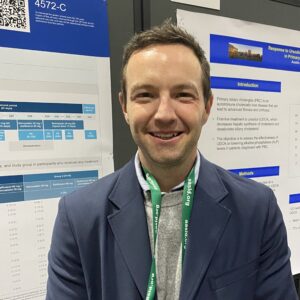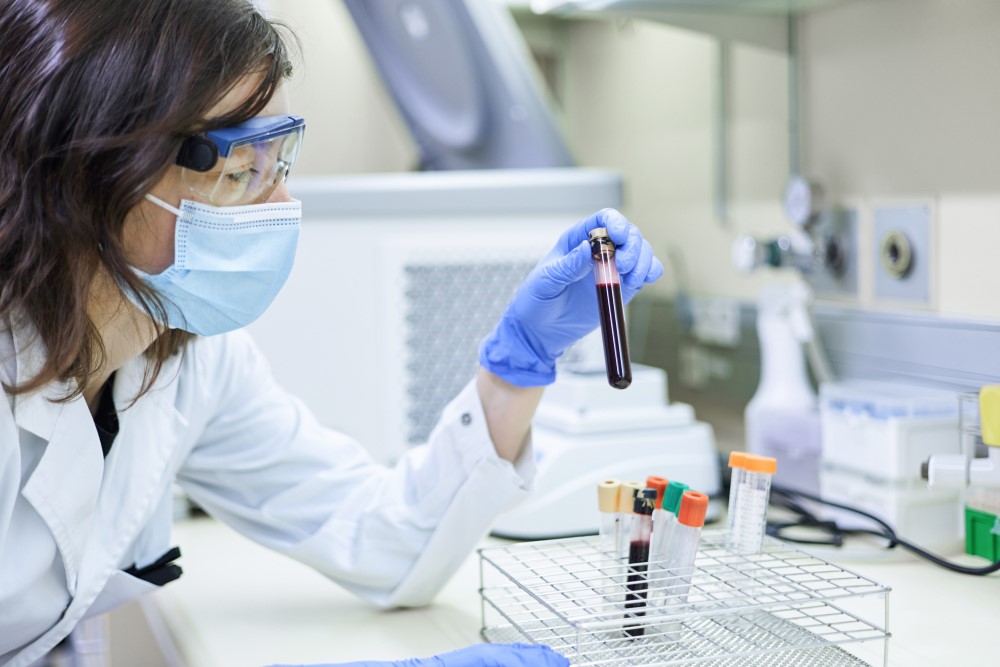Up until 2015, the rare chronic liver disease primary biliary cholangitis (PBC) was referred to simply as cirrhosis. Today, the progressive and debilitating condition is being widely researched by a large number of scientists from all around the world.
There is still no definitive cure for this disease, but many potential novel therapies are in the works.
Scientists from all four corners of the world met in Boston, Massachusetts, in November to discuss their findings about the ins and outs of PBC, which is now widely accepted as an autoimmune disorder.
Currently, the main goal in treating PBC is to delay the damage to the bile ducts in the liver caused by an autoimmune attack, the reason for which is not known.
Ursodeoxycholic acid (UDCA) is the primary treatment used; it helps reduce the amount of toxic bile acids, which accumulate inside the liver due to damage to the bile ducts. If patients do not respond to this treatment, they may be given obeticholic acid (OCA), a newer drug that is a bile acid derivative and reduces its production.
However, many patients fail to respond to these drugs and no other options are available. Fortunately, there are a number of experimental treatments that are in late-stage clinical trials to potentially become new treatments for the disease. These include elafibranor, seladelpar and fibrates such as bezafibratre.
Elafibranor: a double-pronged approach
Elafibranor is a compound that activates 2 types of receptor proteins found in the nucleus of cells. The activation of the first type can inhibit the synthesis of bile acids, increase their secretions and reduce their toxicity. Activating the other type can reduce inflammation, decrease fat buildup and protect against the formation of cancer.
A phase 3 clinical trial testing elafibranor in 161 patients with PBC has shown that it is well tolerated and results in significant decreases in bile flow reduction and itching—a hallmark symptom of PBC. The results were presented at The Liver Meeting held by the American Association for the Study of Liver Diseases in Boston.

The most common adverse events that appeared following elafibranor treatment were abdominal pain, diarrhea, nausea and vomiting; these were all mild or moderate in severity.
An earlier-stage clinical trial is testing the effect of elafibranor when taken with simvastatin, which is often prescribed to patients with PBC. Results have shown that the two therapies taken together were well-tolerated in healthy volunteers and did not interfere with each other.
Benjamin Miller, the global asset lead for elafibranor and a vice president at Ipsen, the codeveloper of the treatment, explained that the trial was conducted because there was a signal of a possible interaction between elafibranor and simvastatin. Based on the findings, Miller said, simvastatin is not expected to have any clinically relevant drug-drug interactions.
Seladelpar: reduced liver injury and cholestasis
Another phase 3 trial is investigating the activity of seladelpar, which works much like elafibranor. Results of the study, which included 193 patients with PBC, were also presented at The Liver Meeting.
According to the findings, seladelpar led to a rapid and durable reduction in cholestasis, which is reduced or stopped bile flow, as well as reduced liver injury in patients with PBC. These patients either did not respond to or could not tolerate UDCA, suggesting that seladelpar may offer a novel option for patients who do not have any other therapies available to them.

During the trial, the treatment also reduced itching, which can dramatically decrease patients’ quality of life. There were no serious adverse events related to the treatment during the 12 months of the study.
The activity of seladelpar was also used as a proof of concept to demonstrate that liver slices obtained from patients with end-stage PBC “behave” in the same way as the liver of patients. This is important because it means they can be used as inexpensive models to study the effect of different treatments.
“We could use these PBC livers from PBC patients to set up a preclinical model for drug screening,“ explained Mei Li, from the University of Gröningen in the Netherlands, who developed the model with her colleagues. “We . . . need this model for further drug screening.”
Fibrates: an off-label option
Fibrates are currently used off-label in patients with PBC, meaning they are prescribed to treat these patients even though they are not officially approved for this disease. They are prescribed to help lower a type of fat called triglycerides in the body.
Fibrates are also in the spotlight to be approved for the treatment of PBC.
A study in 318 patients with PBC showed that fibrates reduced markers of cholestasis. However, the rate of treatment discontinuation was high, suggesting that treatment strategies using fibrates in PBC need to be optimized.
The effects of bezafibrate used with OCA were tested in 2 clinical trials, which showed that the combination treatment is well-tolerated and has therapeutic potential.

“Several years ago, we understood that if we were going to try to make a greater impact on treatment paradigms for patients with PBC, we potentially had to take a leaf of what we are doing in the metabolic space, like type 2 diabetes, where polypharmacy achieves a greater proportion of improving patient outcome than tackling it with one drug,” explained Antonio Civitarese, PhD, a program head at Intercept Pharmaceuticals, which sponsored both trials.
“So we did an assessment of how we could combine a franchise drug, obeticholic acid, with another agent, and we ended up landing on bezafibrate, which is a generic drug that has been around for a long time”.
The trials also helped identify the best dose of OCA to be used and the type of bezafibrate formulation.
“We are moving towards a phase 3 [study] to do a registration trial to develop these products in the United States,” Dr. Civitarese said.
The future of PBC treatment
With so many novel treatment approaches in the pipeline and so many experts focusing on this rare disease, the future seems bright for the treatment of PBC.
“With more and more therapies that are becoming available that seem to be effective and also generally well-tolerated, we will probably see more patients on second-line therapies than before,” Miller said, “and physicians will be aiming for new treatment goals, trying to get closer to normal than maybe they did before [when] they had less treatment options.”

